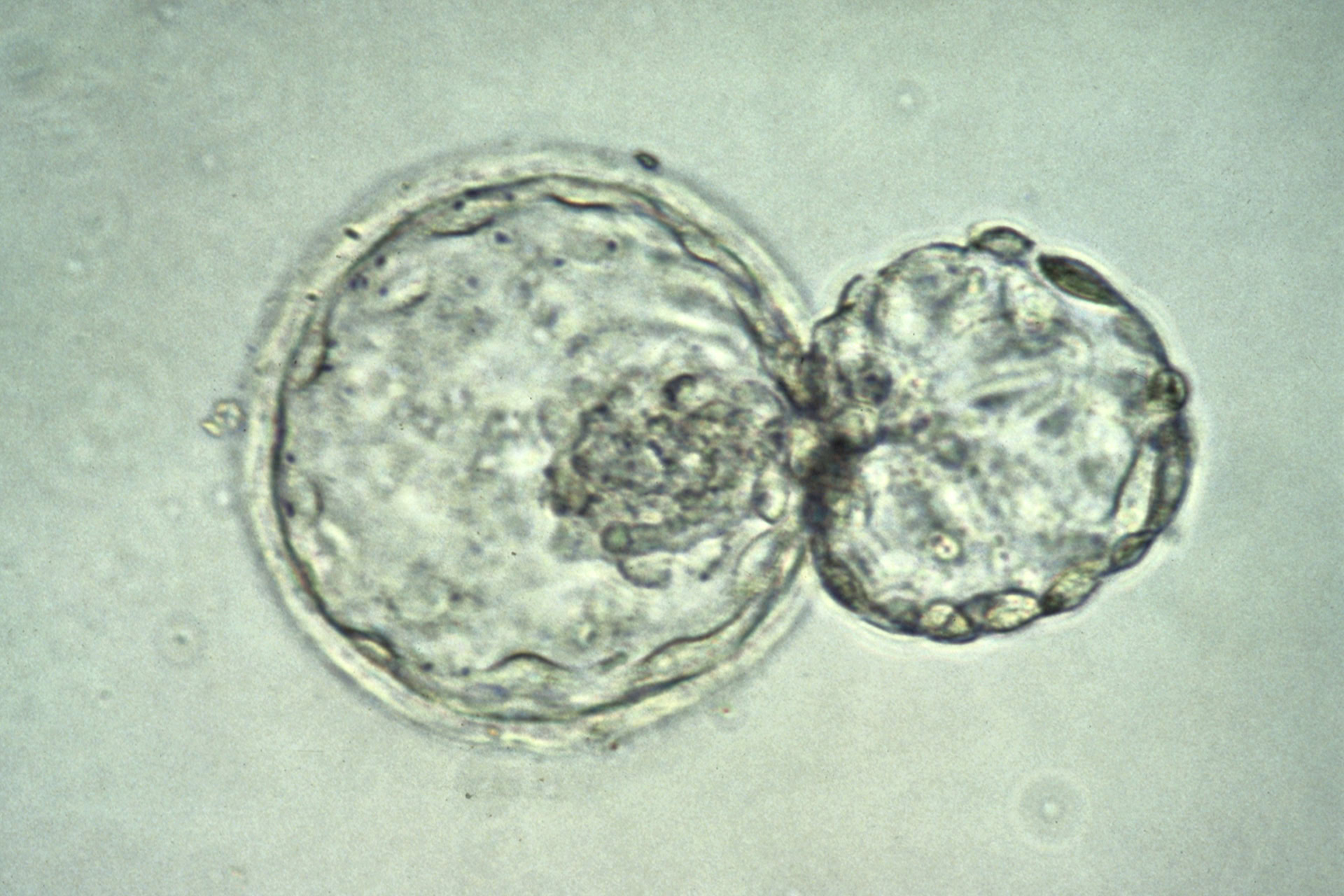Stem cell-derived blood vessels grown in the lab could replace artificial versions currently used in heart bypass surgery, following a recent animal study.
Today, up to 40 per cent of patients are treated with artificial blood vessels. But these can become clogged within one to three years, which leads to infection, and do not behave like real blood vessels; never contracting or responding to changes in blood pressure, according to Dr Stephen E. McIlhenny, lead author of the study and tissue engineer of Thomas Jefferson University Hospital in Philadelphia.
Dr McIlhenny's team developed a less synthetic alternative, which they tested on rabbits. They extracted stem cells from the rabbits' fat tissue and encouraged them to differentiate into arterial cells, which were injected onto a protein scaffold.
'The significant finding is that we can build a blood vessel from donor tissue and an animal's own adult stem cells. Potentially, patients requiring bypass surgery could receive optimised grafts that would reduce their future complications', said Dr McIlhenny at the American Heart Association's Arteriosclerosis, Thrombosis and Vascular Biology annual conference in San Francisco.
The team's research involved 10 rabbits; five had blood vessels engineered from their own stem cells grafted into their aorta, to simulate a bypass procedure, and five had just the protein scaffold. Eight weeks later the protein scaffold group had developed evidence of blood clots and thickening of the vessel wall, as seen in human heart disease, compared to the stem cell-derived vessel group which had significantly less problems, reported Dr McIlhenny.
'Our grafts have the potential to be used for peripheral artery disease bypass (mostly in the legs), and arteriovenous fistula (a type of vascular access for hemodialysis), and heart bypass surgery. However, the first uses of the grafts would be for treatment of peripheral artery disease and dialysis access grafting', said Dr. McIlhenny.
Professor Chris Mason, chair of regenerative medicine bioprocessing at University College London, said: 'Whilst very early in the development of this alternative artery, none-the-less, if it proves successful, it could be a life-saving addition to the 'spare parts kit' for the cardiac surgeons of the future'.
This preliminary data is limited and Dr McIlhenny plans further testing on a larger animals, probably dogs, leading up to human trials in about three years.






Leave a Reply
You must be logged in to post a comment.